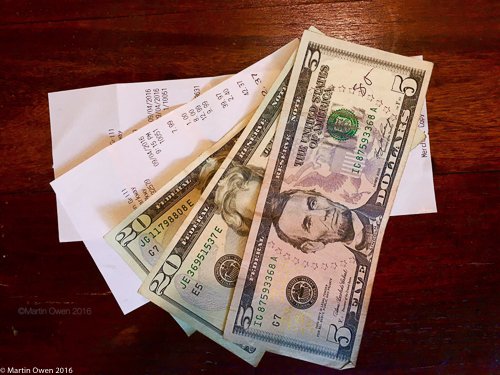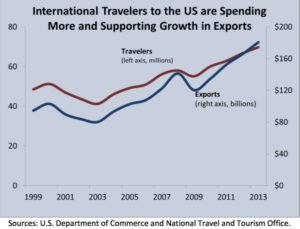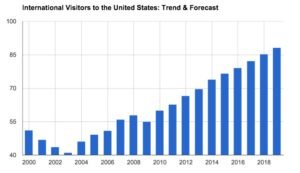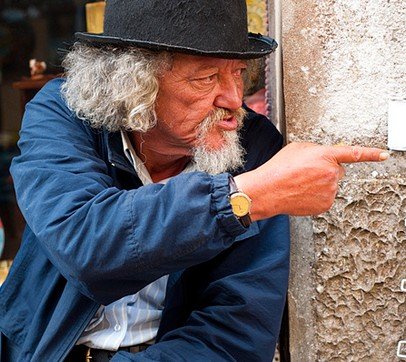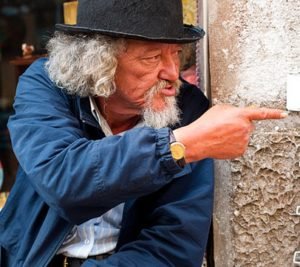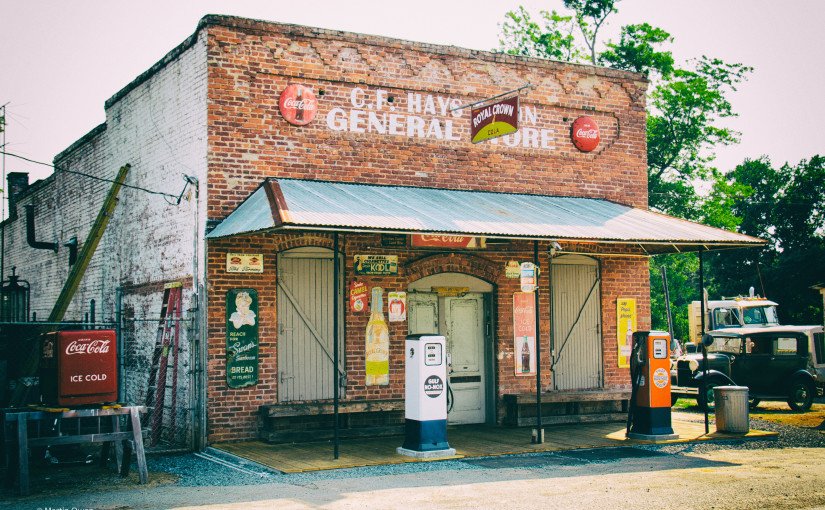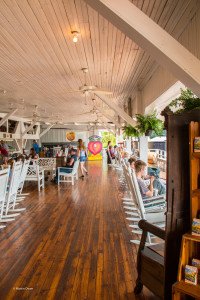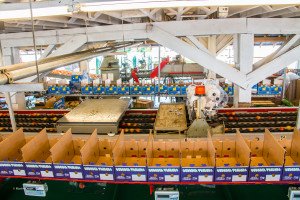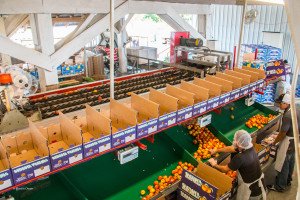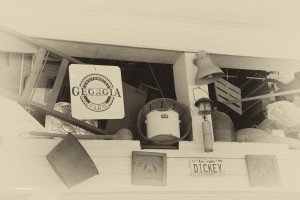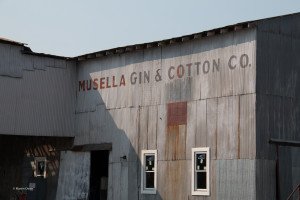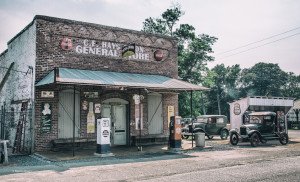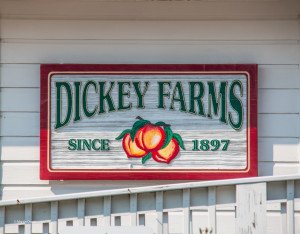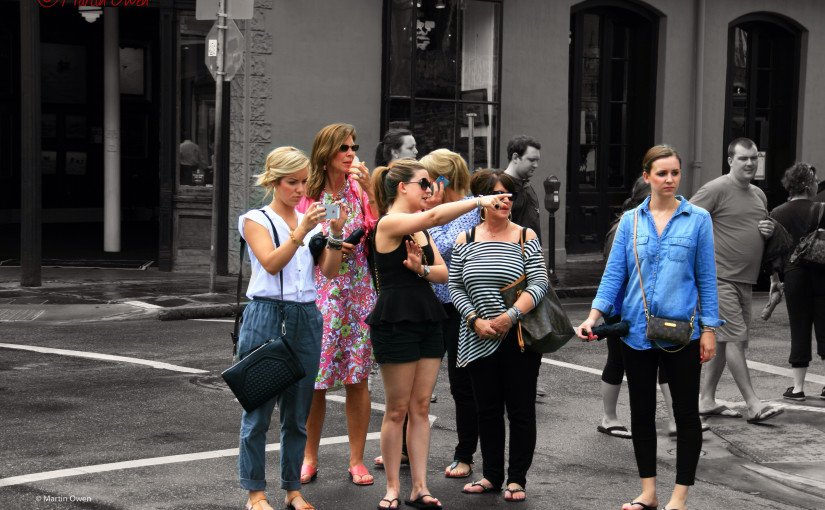The tip of the day
The Economist recently published an article about tipping in the USA. The main thrust was that we Americans are as confused about tipping as the rest of the world is confused about our tipping habits. It made me remember an incident that happened to me way back……
I’ve been in the travel industry since Methuselah was a boy, and have been fortunate to have traveled to a great many places, including here in the US. On this particular occasion I was the host to a group in a New York restaurant. A great meal, good service and an enjoyable if not spectacular experience. I left a tip of 15%, which would be considered very good in the UK. Imagine my surprise at being approached by the Maitre d’ who asked what had been wrong with the meal. I told him nothing was wrong, it had been a perfectly good evening. I was told in definite terms that I should be tipping at 20-25%.
In Europe, 10% is pretty much the norm. In some places in Scandinavia, and certainly in New Zealand, tipping is considered an insult, and may result in a tirade from the person tipped – just don’t do it!
It’s true that we should be aware that different cultures around the world expect different behaviors and we should be aware of that when traveling. But should we be as guarded traveling in our own country? Surely a tip is a tip, wherever we are in the USA?
I’ll let you read The Economist piece yourself (it’s at http://ow.ly/xStZ303ZhdX). It’s worth a look if only to add to your confusion.
This also let me to consider something that’s been happening here on the Northern Gulf Coast of Florida, particularly the piece known as The Emerald Coast.
The area has traditionally drawn tourists from the whole of the South East, anywhere within a 10-15 hour drive to Destin, Pensacola and Panama City Beach. The tourists tend to peak during the period between Memorial Day and Labor Day – the ’90 Days of Summer’. This, due to schools breaking later and going back earlier, has been reduced to about ‘The 60 Days of Summer’, but that’s another story. Suffice to say, the market is mainly families who drive in. They are traditional in their approach and the families have in the main, been doing the same thing for up to 40 years. Things are changing though…
The shortening and concentration of the family travel period has opened up the rest of the year to new markets – people who can travel without kids, and at short notice. Primarily Millennials and Zoomers (Younger Boomers, Boomers with Zip!). These groups have different requirements than the families. They want experiences, great food, the ability have what they want when they want it – now. They also behave differently. Zoomers tend to have more disposable income, and Millennials tend to do more physically demanding experiences – although those are both very much generalizations.
The local Destination Marketing Organizations (DMOs – Tourist Boards, CVBs etc.) have been consciously aiming their marketing up market. Going after more affluent sector of tourists. Their efforts appear to have worked. For the 30A area (South Walton) this has certainly worked. Their area has been inundated with high spending customers. In fact, let’s face it, they’ve been inundated with all types of customers!
The same appears to be true of all the areas along the Gulf Coast. Tourist Development Tax (Bed Tax) is up across the region, and Okaloosa in the center of the region, appears to have had bigger tax growth than other neighboring DMOs. However, many local restaurants, particularly in the Destin area are complaining that tourists are not spending like they used to. Is this a justifiable view?
I’ve spoken to a number of restauranteurs and to accommodation providers. The later have said that their occupancy has been up, and their ADR (Average Daily Rate) is also up. One hotelier told be he goes out into his parking lot on Memorial Day and checks out the kind of vehicles that are there. He said that this year, there were far fewer trucks and many more upscale SUVs. That would surely show that the income group is probably rising. He also said that on the beach there were far fewer cut-off T-shirts and many more upscale bathing suits. There’s no real science in this approach, but he’s been doing this for many years an he can see a distinct correlation to the amount spent.
Pushing the restauranteurs on if they are actually seeing a decrease or stagnation in the amounts visitors are spending led to a revelation. It’s not the amount of the bill that’s declining, but the amount of the tips.
Tips in Florida generally (in restaurants) have been around 14% for some years. That’s a marked difference from other parts of the US. The North East is closer to 25%. The reason for this is possibly due to the number of overseas guests visiting Orlando, Miami and the other internationally visited areas. Remember that overseas visitors are used to tipping less. Up here in the Panhandle though, tipping has been closer to 20% traditionally. Not too many international guests up here, so what’s going on?
Digging further and doing some research I’ve found that there are other factors in play. It appears that Millennials tend not to tip at the same rate – check out the following articles (http://ow.ly/Xd9u303Zprh. http://ow.ly/26Vo303ZpBs) and try Googling ‘Tipping and Millennials’ and see how much confirmation you get.
It also appears that Zoomers will not just tip at 20% regardless. They modify the tip depending on the service received.
…and it’s not just those groups who are modifying their tipping habits. Locals, family groups and The Military are all reviewingtheir habits, subtly and subconsciously .
.
It’s not as simple as ‘we’re attracting the wrong people’. It appears we’re attracting the right people, but those visitors are not behaving in the way they used to. Another indicator that the tourism market is changing and it’s changing rapidly.
There’s a tip for you!






